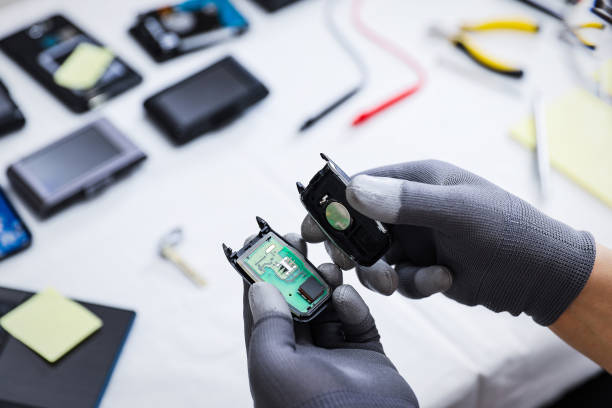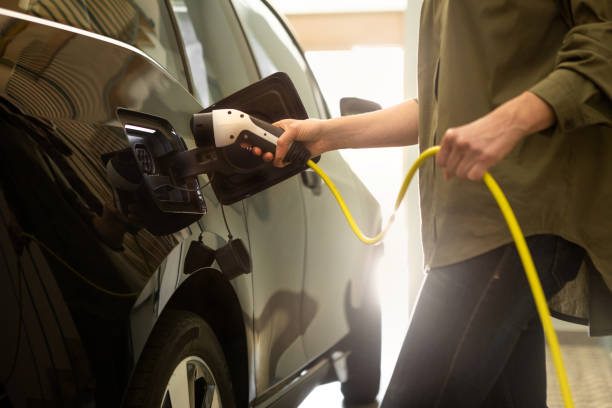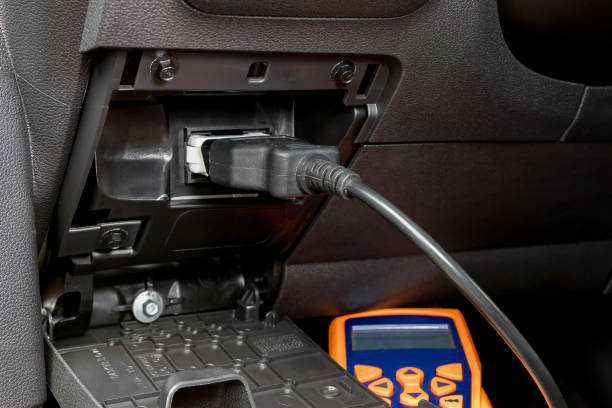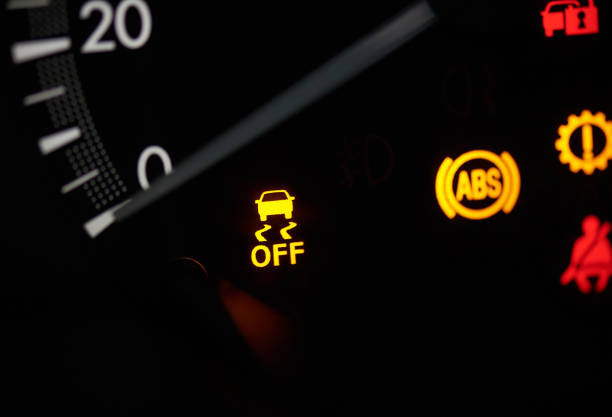
The ABS (Anti-lock Braking System) light is a crucial indicator on your vehicle’s dashboard that alerts you when there’s a problem with your braking system. However, it can be frustrating when the light comes on and you don’t know how to fix it. In this comprehensive guide, we’ll explore the causes behind the ABS light, explain how the ABS system works, and provide a step-by-step approach to help you diagnose and resolve the issue.
Understanding the ABS System
The Purpose of the ABS
The ABS is a safety feature that helps prevent your wheels from locking up when you brake hard or on slippery surfaces. By preventing wheel lock-up, the ABS system ensures that you maintain steering control during emergency braking. This can help you avoid collisions and stay safe on the road.
How the ABS Works
The ABS uses wheel speed sensors to monitor the rotational speed of each wheel. When it detects a wheel is about to lock up, the system modulates the braking pressure to prevent the wheel from locking. This modulation occurs multiple times per second, resulting in a pulsating sensation in the brake pedal.
Why the ABS Light Comes On
There are several reasons why the ABS light may illuminate on your dashboard:
- Faulty wheel speed sensor: A damaged or malfunctioning sensor can send incorrect signals to the ABS system.
- Damaged wiring: Corroded or damaged wiring can interfere with the signal transmission between the wheel speed sensors and the ABS module.
- Low brake fluid: The ABS light may come on if your brake fluid is low or contaminated, which can affect the braking system’s performance.
- Faulty ABS module: If the module responsible for controlling the ABS system malfunctions, it can cause the ABS light to come on.
- Worn brake components: Damaged or worn brake components can also trigger the ABS light.
Step-by-Step Guide to Turning Off the ABS Light
Before attempting to turn off the ABS light, it’s crucial to address the underlying issue causing the light to come on. Here are the steps you should follow to diagnose and resolve the problem:
Step 1: Check the Brake Fluid Level
Inspect the brake fluid reservoir under the hood of your vehicle. If the fluid is low or appears contaminated, top it off with the recommended brake fluid type and check for leaks in the braking system.
Step 2: Inspect the Wheel Speed Sensors
Visually inspect the wheel speed sensors for damage or corrosion. If you notice any issues, consider replacing the affected sensor(s).
Step 3: Check the Wiring and Connectors
Examine the wiring and connectors associated with the ABS system. Look for signs of corrosion, damage, or loose connections. Repair or replace any damaged components as needed.
Step 4: Perform an ABS Diagnostic Test
Use an OBD-II scanner to perform a diagnostic test on your vehicle’s ABS system. The scanner will display any error codes related to the ABS system. Look up the error code in a repair manual or online database to determine the specific issue.
Step 5: Repair or Replace Faulty Components
Based on the results of your diagnostic test, repair or replace any faulty components within the ABS system. This may include replacing a malfunctioning ABS module or worn brake components.
Step 6: Reset the ABS Light
After addressing the underlying issue, you’ll need to reset the ABS light. To do this, use an OBD-II scanner to clear the error codes. Alternatively, you can try disconnecting your vehicle’s battery for a few minutes to reset the computer. However, note that this method may not work for all vehicles, and it may also reset other systems in your car.
When to Seek Professional Help
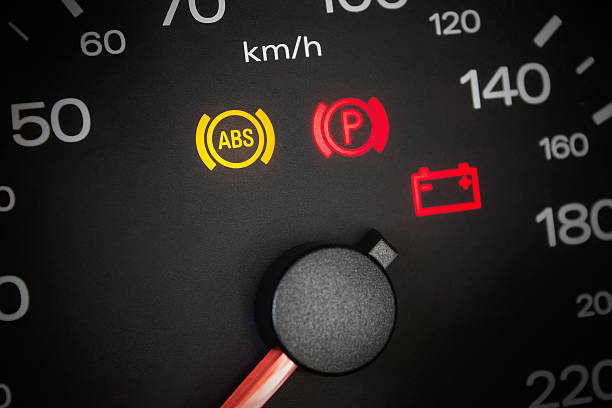
While the steps above can help you diagnose and fix common issues related to the ABS system, some problems may require professional attention. If you’re unable to identify the cause of the ABS light or if the light continues to come on after you’ve made repairs, it’s time to seek help from a qualified mechanic. Ignoring the ABS light can lead to decreased braking performance and compromise your safety on the road.
Preventing ABS Light Issues
Preventive maintenance can go a long way in ensuring your ABS system functions correctly:
Regular Inspections
Regularly inspect your braking system for signs of wear or damage. Check the brake fluid levels, look for leaks, and pay attention to any changes in your vehicle’s braking performance.
Timely Replacements
Replace worn or damaged components promptly. This includes brake pads, rotors, and wheel speed sensors.
Professional Servicing
Have your vehicle serviced regularly by a professional. They can inspect the ABS system and catch potential issues early.
Safe Driving Practices
Avoid excessive hard braking, which can cause premature wear on your brake components and potentially damage the ABS system.
Conclusion
While an illuminated ABS light can be a cause for concern, understanding why it comes on and how to troubleshoot the problem can help you resolve the issue effectively. Remember, the ABS system plays a vital role in your vehicle’s safety, so it’s crucial to address any issues promptly. Whether you’re able to fix the problem yourself or need to enlist the help of a professional, don’t ignore the ABS light – your safety depends on it.





